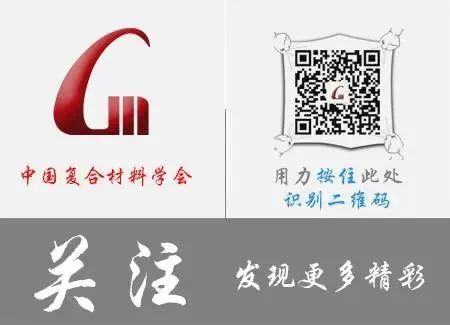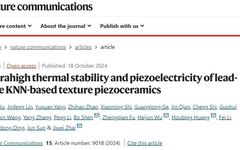In recent years, inspired by the high piezoelectric response at the MPB interface in lead-containing PZT-based ceramics, researchers have successfully constructed a polycrystalline phase boundary (PPB) in KNN-based ceramics, significantly improving the piezoelectric coefficient of KNN-based piezoelectric ceramics. However, KNN-based ceramics developed using the PPB phase boundary strategy often exhibit instability in the d33 temperature. In practical applications, piezoelectric materials are required not only to have a high d33, but also to demonstrate good temperature stability typically within the -20 to 140℃ range. Therefore, how to synergistically optimize the piezoelectric coefficient and its temperature stability is a key issue for further applications of KNN ceramics.
Recently, Professor Zhai Jiwei’s research team at Tongji University innovatively constructed a diffusion-type PPB interface with MPB characteristics in KNN-based piezoelectric ceramics to synergistically optimize the piezoelectric coefficient and its temperature stability. The research results were published in Nature Communications under the title “Ultrahigh thermal stability and piezoelectricity of lead-free KNN-based texture piezoceramics”.
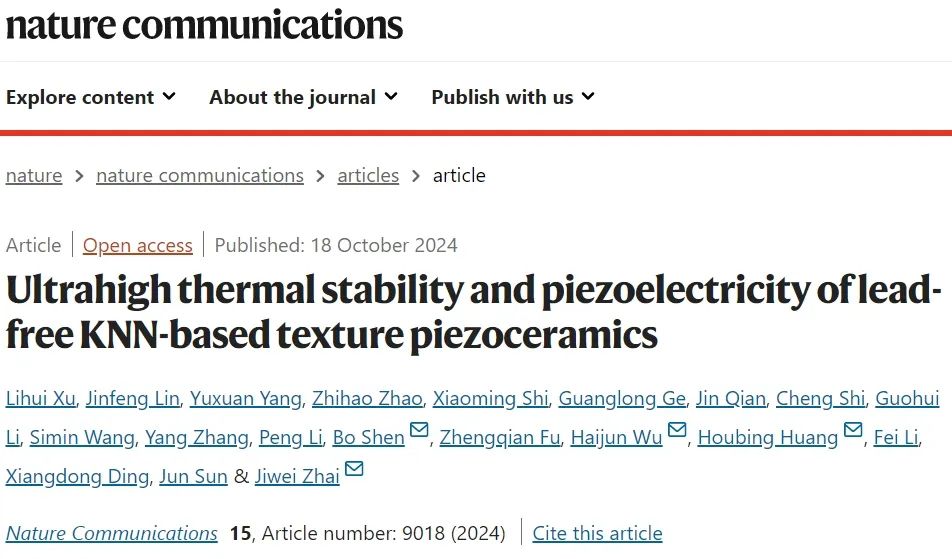
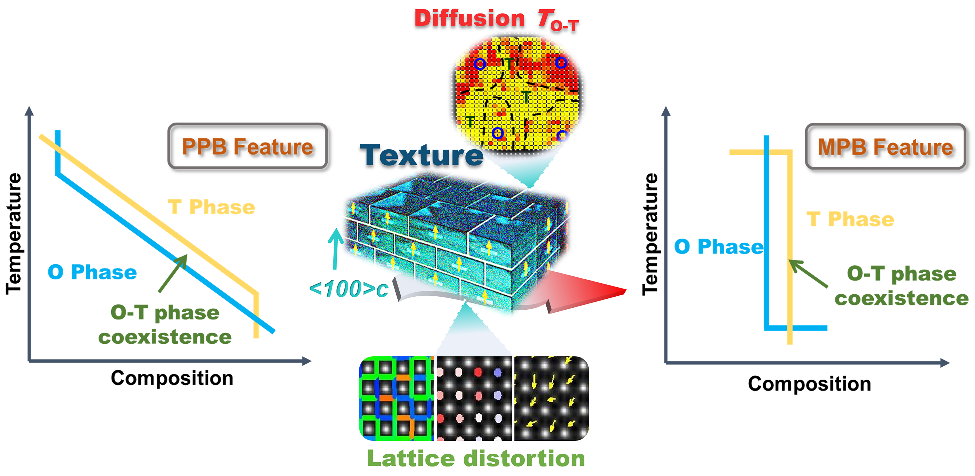
This study combines texture technology to introduce (Bi0.5K0.5)HfO3 into a 0.97(Na0.56K0.44)NbO3-0.03Bi0.5Na0.5ZrO3 matrix, successfully constructing the PPB phase boundary. Bi3+ and Hf4+ contribute to the initial formation of the diffusion-type O-T phase boundary, while texture technology further improves the temperature stability characteristics of the phase boundary. On the other hand, the texture technology-induced <00l>C crystal orientation and the construction of the O-T phase boundary can promote the effective flipping of electric dipoles, ensuring a high piezoelectric response. The developed KNN-based textured ceramics not only exhibit a high piezoelectric coefficient (d33 ~550±30 pC/N) but also demonstrate ultrahigh thermal stability (with a variation rate of less than 1.2% in the temperature range of 25-150℃ and less than 10% in the range of 25-250℃).
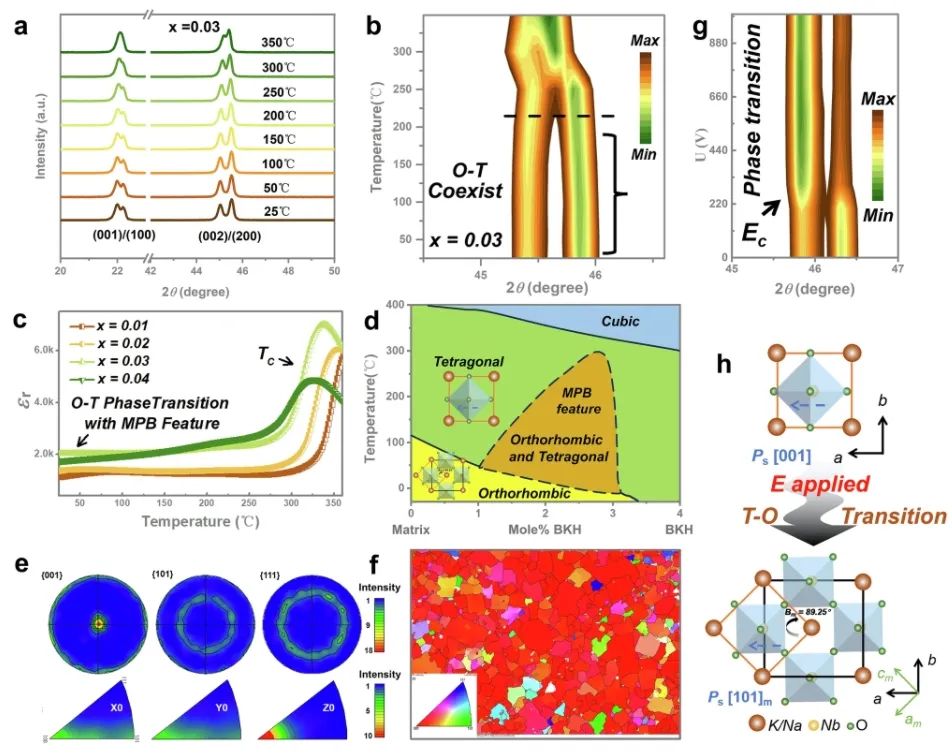
The first unit of this paper is the School of Materials Science and Engineering at Tongji University, with master’s student Xu Lihui as the first author. The corresponding authors are Associate Professor Shen Bo and Professor Zhai Jiwei from the School of Materials at Tongji University, and this work has also received support from multiple units.
Source: School of Materials, Tongji University
Paper link: https://doi.org/10.1038/s41467-024-53437-5
Disclaimer: The articles published on the WeChat public account of the Chinese Composite Materials Society are intended for the exchange and sharing of professional knowledge and market information in the composite materials field and are not for any commercial purposes. If any individual or organization has doubts about the copyright or the authenticity and accuracy of the content of the article, please contact us immediately. We will handle it promptly.
